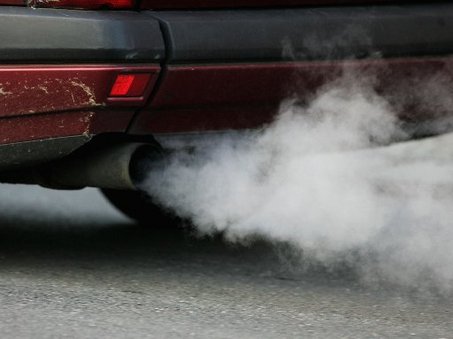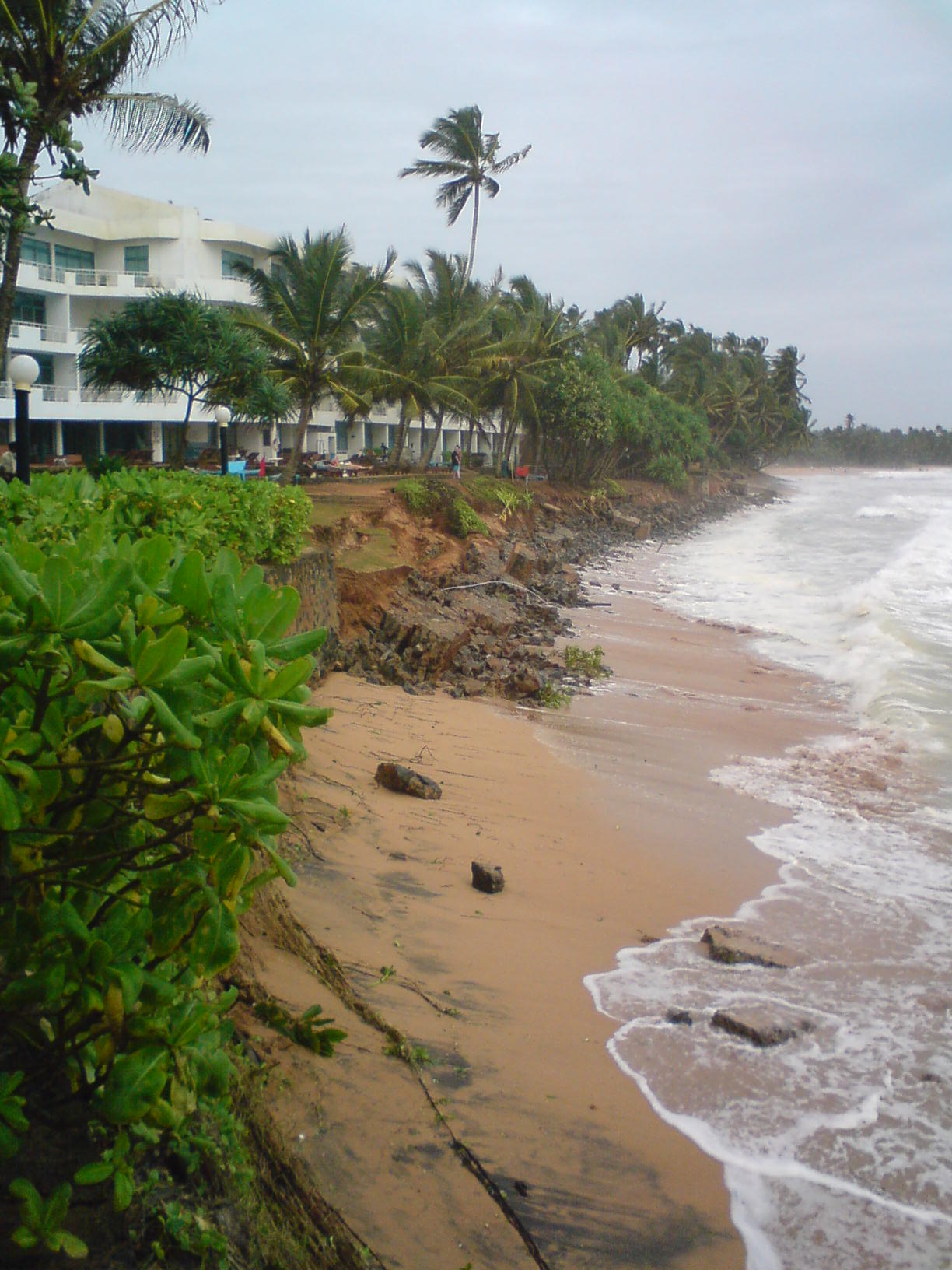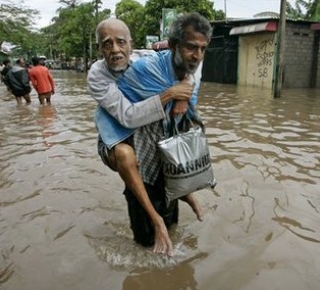_0127_-_Pescatore.jpg)
<p><span style="font-size:12px;"><strong>Fisheries</strong></span></p>
<p><img alt="Fisheries" src="http://www.indiaenvironmentportal.org.in/files/country/srilanka/fisheries_hl.jpg" style="border-width: 2px; border-style: solid;" /></p>
<p>As early as in the 1960s, South Indian fishermen were encouraged to use trawlers to increase fisheries exports. The use of trawlers have since boomed, resulting in the near complete extinction of fish in the Indian part of the sea. Due to the decline in catch in their own territorial zones, fishing boats from Tamil Nadu have for long coveted fishing zones in the Sri Lankan territorial waters.</p>


_0127_-_Pescatore.jpg)

